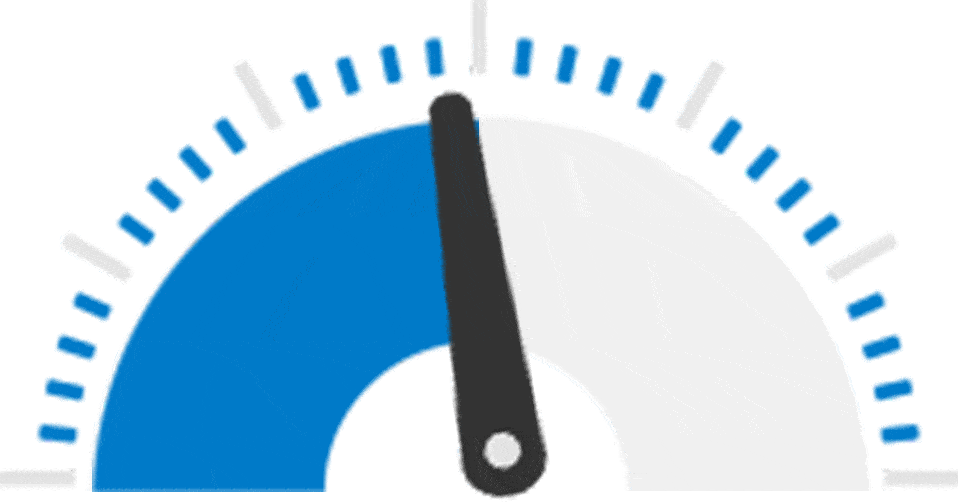In recent years, the Canadian Dream of owning a home has seemed increasingly out of reach for many. Skyrocketing property prices, stringent mortgage rules, and economic uncertainties have all contributed to the perception that homeownership is a distant fantasy rather than an attainable goal. However, while the landscape of the housing market has undoubtedly shifted, affordable homeownership is still possible with the right strategies. This blog will explore various approaches to help you achieve your dream of owning a home in Canada.
Understanding the Current Housing Market
Before diving into strategies, it’s crucial to understand the current state of the Canadian housing market. Property prices have surged dramatically in major cities like Toronto and Vancouver, with average home prices in these areas exceeding $1 million. Conversely, more affordable housing can still be found in smaller cities and rural areas.
Despite high prices, low-interest rates have somewhat offset the financial burden, making mortgages more affordable for those who can secure one. Additionally, government programs and incentives are available to assist first-time homebuyers. Understanding these factors is key to navigating the housing market effectively.
Strategies for Affordable Homeownership
1. Consider Alternative Locations
One of the most effective ways to achieve affordable homeownership is to broaden your search area. While urban centres like Toronto and Vancouver are notoriously expensive, smaller cities such as Halifax, Winnipeg, or Quebec City offer more affordable options without sacrificing amenities and quality of life.
Research potential locations that offer a balance between affordability, employment opportunities, and lifestyle preferences. With remote work becoming increasingly prevalent, living further from a major city while maintaining a well-paying job is more feasible than ever.
2. Government Assistance Programs
The Canadian government offers several programs to help first-time homebuyers. These include:
- First-Time Home Buyer Incentive: This program provides 5% or 10% of the home’s purchase price to put toward a down payment, which reduces mortgage carrying costs.
- Home Buyers’ Plan (HBP): Allows first-time homebuyers to withdraw up to $35,000 from their RRSPs to buy or build a qualifying home.
- GST/HST New Housing Rebate: Offers a rebate on part of the GST or HST paid on the purchase price or cost of building a new home.
Utilising these programs can significantly reduce the financial burden associated with purchasing your first home.
3. Explore Different Mortgage Options
Finding the right mortgage is crucial for affordable homeownership. Beyond traditional fixed-rate and variable-rate mortgages, consider the following options:
- High-Ratio Mortgage: If your down payment is less than 20%, you’ll need mortgage default insurance, but this allows you to enter the market sooner.
- Shared Equity Mortgage: Some lenders offer shared equity mortgages where they share in the property’s equity. This can lower your monthly payments but involves giving up a portion of future home value appreciation.
It’s essential to shop around and compare mortgage products from different lenders to find the best terms and interest rates.
4. Save for a Larger Down Payment
While saving for a larger down payment can be challenging, it can also make homeownership more affordable in the long run. A larger down payment reduces the amount you need to borrow, lowering your monthly mortgage payments and potentially eliminating the need for mortgage default insurance.
Consider setting a clear savings goal and creating a budget to help you reach it. Take advantage of high-interest savings accounts or tax-free savings accounts (TFSAs) to maximise your savings potential.
5. Consider Co-Ownership
Co-ownership is an emerging trend that allows multiple parties to share the cost of a property. This can be done with family, friends, or even through co-ownership platforms that match potential buyers. Co-ownership can make homeownership more accessible by splitting the down payment, mortgage payments, and maintenance costs.
However, it’s crucial to have a clear co-ownership agreement outlining responsibilities, exit strategies, and conflict resolution mechanisms to ensure a smooth partnership.
6. Buy a Fixer-Upper
Purchasing a fixer-upper can be a cost-effective way to enter the housing market. These properties are often priced lower due to their need for repairs and renovations. If you’re handy or willing to invest in professional help, buying a fixer-upper can allow you to build equity quickly as you improve the property.
Ensure you have a realistic budget for renovations and consider potential issues that may arise during the repair process. Conduct thorough inspections to avoid unforeseen expenses.
7. Tiny Homes and Alternative Housing
Alternative housing solutions, such as tiny homes, modular homes, and co-housing communities, are gaining popularity as affordable homeownership options. These alternatives often come at a fraction of the cost of traditional homes and can provide unique lifestyle benefits.
Research local regulations and zoning laws to ensure these housing options are permitted in your desired area.
Navigating the Path to Homeownership
Stay Informed and Updated
Knowledge is power, especially when navigating the complex terrain of the housing market. Regularly monitor real estate trends, interest rates, and economic indicators that can influence housing affordability. Subscribing to real estate news portals, attending webinars, and joining homebuyer seminars can provide valuable insights and keep you informed about the latest developments.
Work with Real Estate Professionals
Engaging the services of real estate professionals, such as agents and mortgage brokers, can significantly enhance your homebuying experience. A knowledgeable real estate agent can help you identify affordable properties, negotiate better deals, and guide you through the buying process. Meanwhile, a mortgage broker can assist in finding the best mortgage products tailored to your financial situation.
Assess Your Financial Health
A critical step in the homebuying journey is to evaluate your financial health. Review your credit score, as it plays a pivotal role in securing favourable mortgage terms. Paying down existing debts, avoiding new credit applications, and ensuring timely bill payments can help improve your credit rating.
Additionally, create a detailed budget that outlines your income, expenses, and savings goals. This will help you understand how much you can realistically afford to spend on a home and ensure that you remain financially stable throughout the process.
Embrace Technology
Technology has revolutionised the real estate industry, making it easier than ever to search for properties, compare mortgage rates, and access homebuying resources. Utilise online property listings, virtual tours, and real estate apps to streamline your search. Mortgage calculators and financial planning tools can also aid in budgeting and decision-making.
Build a Support Network
Homeownership is a significant milestone, and having a support network can be invaluable. Connect with friends, family, and community groups who have gone through the process. They can offer advice, share experiences, and provide moral support as you navigate the challenges and triumphs of buying a home.
Plan for the Future
When considering homeownership, it’s essential to think long-term. Assess your future goals, such as career plans, family growth, and lifestyle preferences. Ensure that the home you choose aligns with these goals and offers the potential for future appreciation and investment return.
Flexibility and Patience
Patience and flexibility are crucial virtues in the homebuying process. The market can be unpredictable, and finding the perfect home may take time. Be prepared to adapt your strategies and expectations as needed. Sometimes, waiting for the right opportunity or exploring unconventional options can lead to more favourable outcomes.
Conclusion
While the Canadian Dream of homeownership may seem daunting in today’s housing market, it remains within reach with the right strategies. By considering alternative locations, leveraging government assistance programs, exploring various mortgage options, saving diligently, considering co-ownership, and being open to alternative housing solutions, you can find an affordable path to owning your home.
Stay informed about market trends, be patient in your search, and remain flexible in your approach. The dream of owning a home in Canada is still alive, and with careful planning and strategic action, you can turn that dream into reality.






